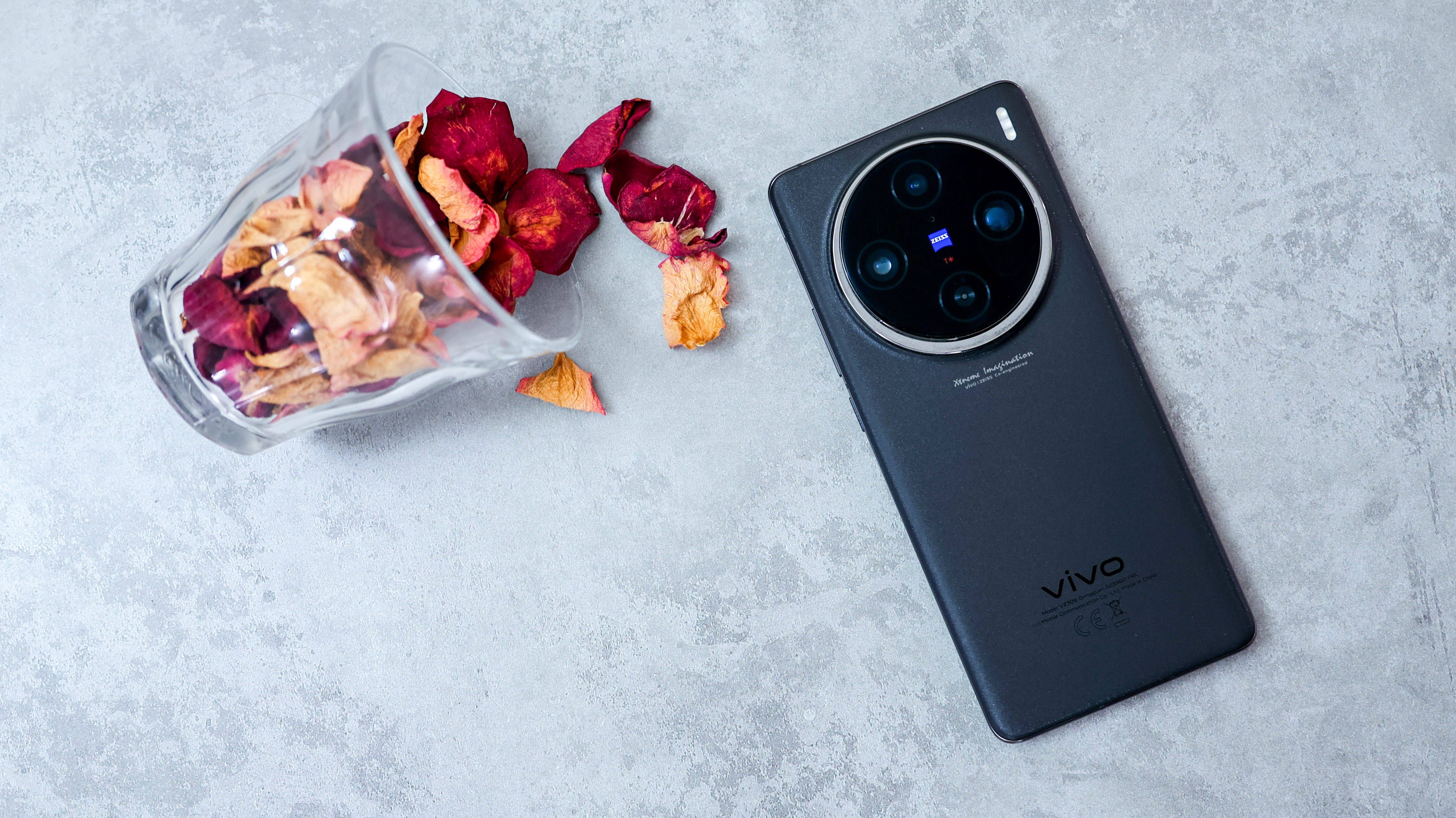
If you're plugged into the latest smartphone news, you may have seen the Vivo X100 Pro taking the internet's mobile tech blogs, sites, and socials by storm. Its popularity isn't just because its camera is so impressive, but it specifically comes down to its processing being something of an AI extravaganza. Vivo sticks it to Samsung's AI-everything with the most in-your-face AI photo processing we've seen to date – but here's the real zinger – we don't hate it. In fact, the Vivo X100 Pro is an excellent camera phone that's winning us over day by day.
Vivo has a long track record of making Zeiss co-branded phones with impressive cameras. From the gimbal-stabilized Vivo X80 Pro to the 1-inch sensor-packing Vivo X90 Pro. And the new X100 Pro's standout features are its superb telephoto camera, and its mind-boggling photo processing.
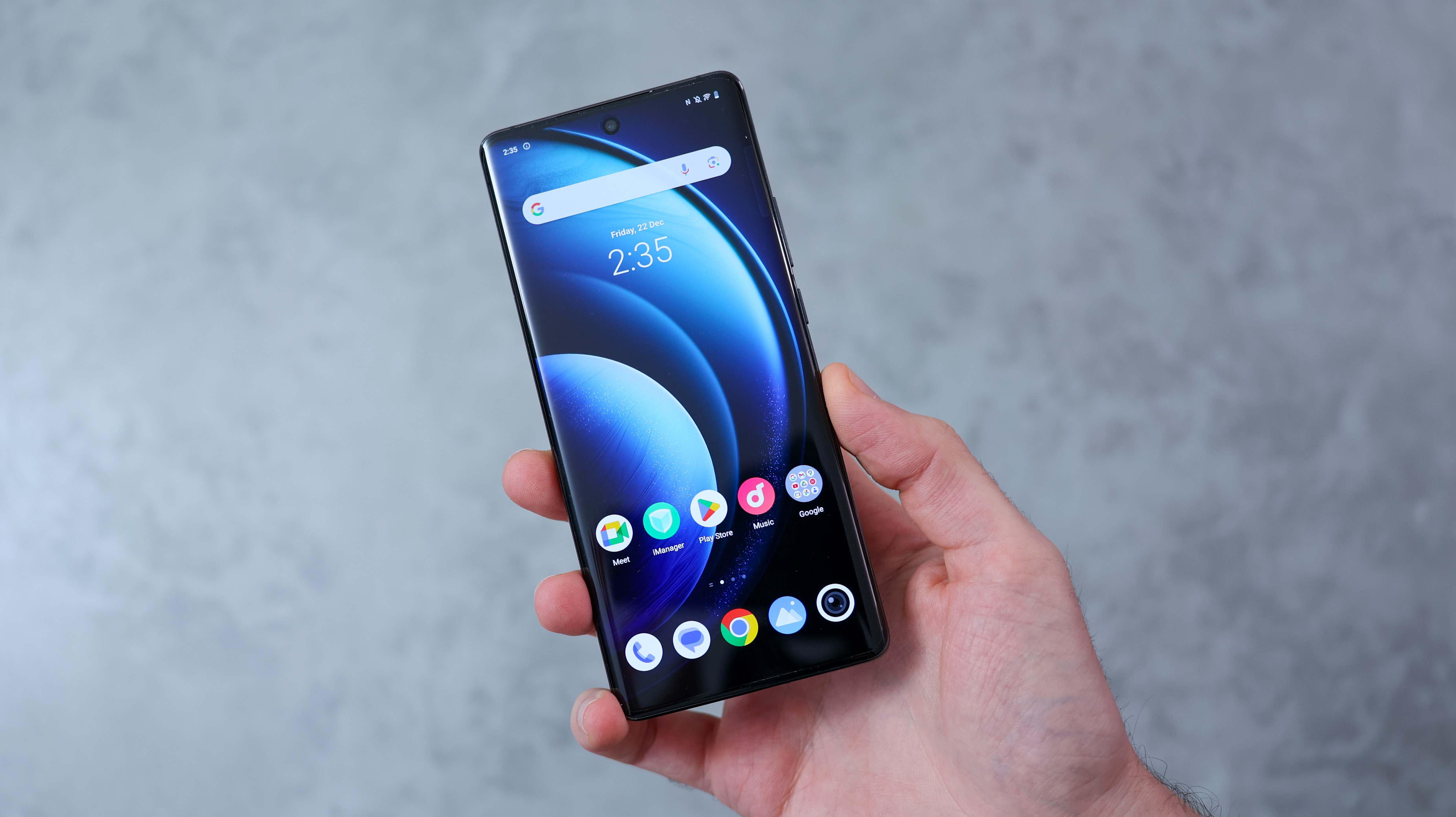
While it's been available in South East Asian markets for a few months, the X100 Pro is finally getting a limited European release, which is currently confirmed for Austria and Czechia. While we don't know if it will be available further afield just yet, the fact you can buy it in Europe means it should be relatively simple to import. Plus, with full Google Play Services support, it works with Android Auto and WearOS, apps typically incompatible with imported phones.
After a few weeks of testing the phone ourselves, though, does Vivo and Zeiss's collaboration justify the buzz, or is the X100 Pro just another cog in the never-ending AI hype machine?
Vivo X100 Pro camera explained
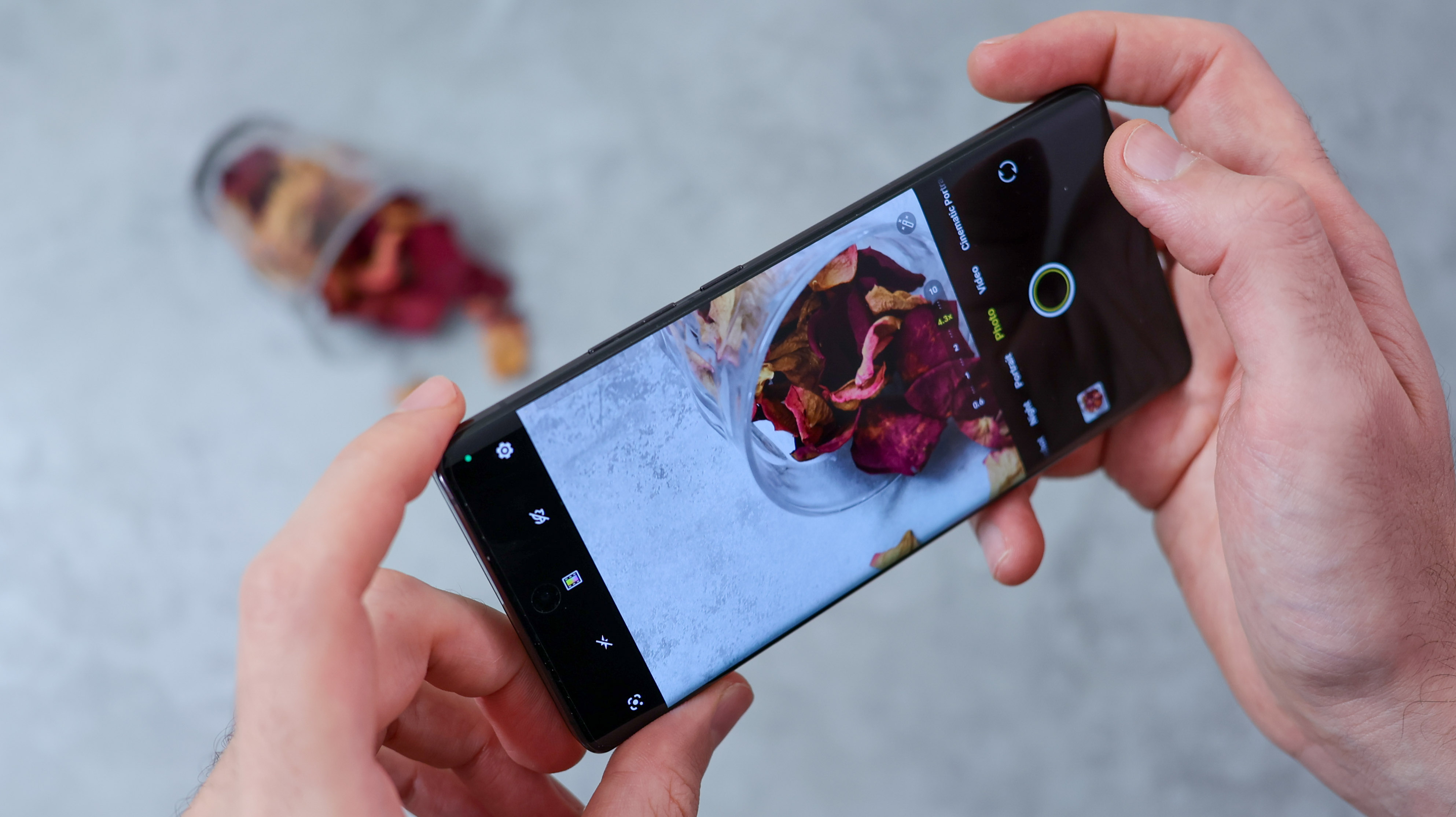
The Vivo X100 Pro is a triple 50MP camera smartphone. It brings back the 1-inch sensor from the X90 Pro for the main camera, levels up the telephoto to a Zeiss APO Floating Telephoto camera (more on that later), and there's also an ultra-wide camera, which packs a fast f/2 aperture.
While we'd normally get stuck into the main camera specs first, the X100 Pro's APO Floating Telephoto camera has piqued our interest the most, so we'll begin here. It has a 50MP 1/2-inch sensor, a respectable size for a tele-camera. Matched with a 100mm equivalent lens with an f/2.5 aperture and an 18cm nearest focus distance, it all sounds good, but why's it a "Zeiss APO Floating Telephoto Camera"?
The name refers to the design of floating elements that Zeiss uses in high-performance camera lenses. This optimises the alignment and distance between lenses to enhance the quality of telephoto images, thereby helping the Vivo X100 Pro limit fringing and ghosting. And with a new, CIPA 4.5-level anti-shake system behind the telephoto camera's OIS, it also helps keep handheld telephoto shots looking crisp.
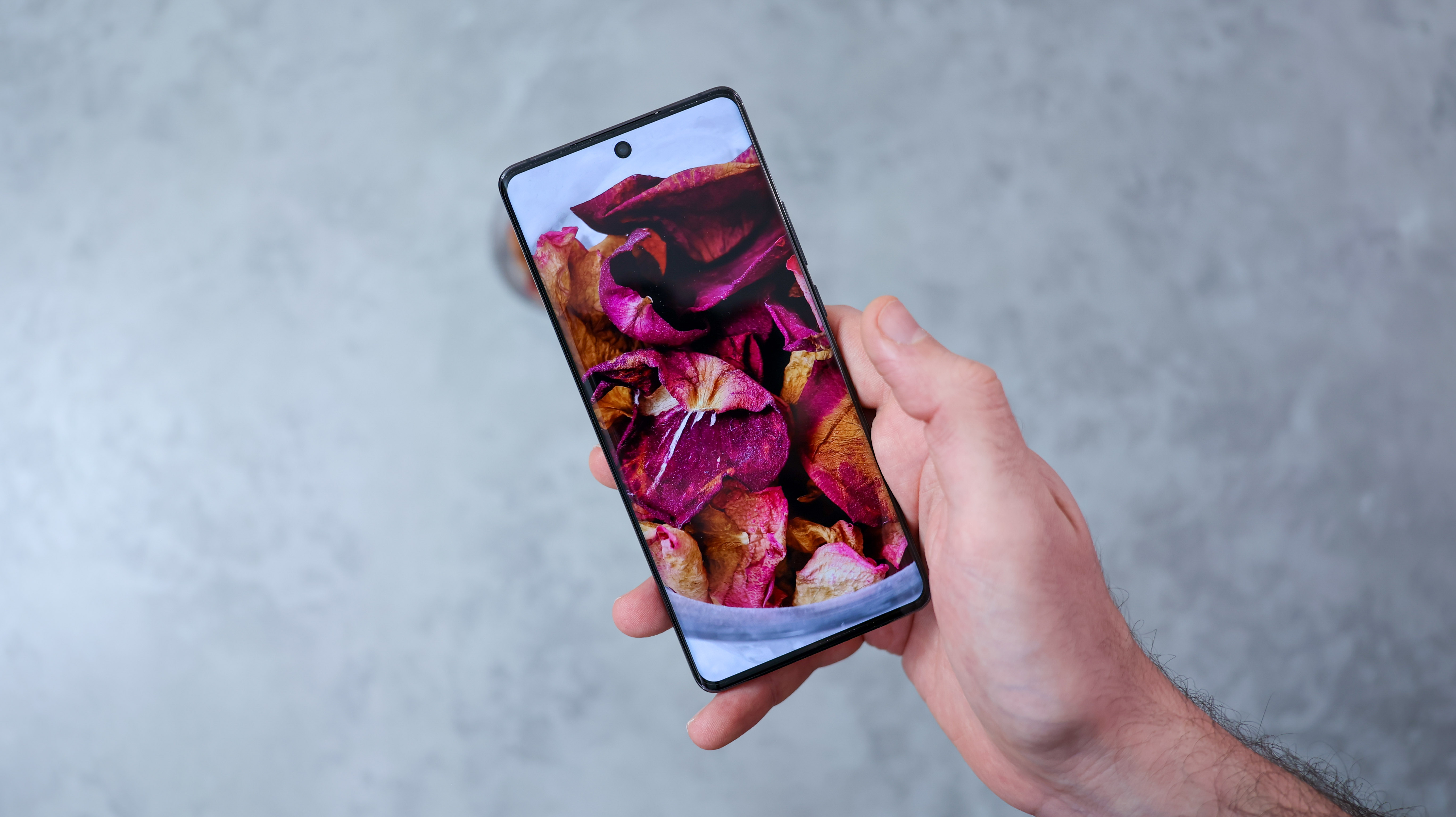
As for the wide camera, it marks the return of the 1-inch, 50MP IMX989 sensor that features on the Vivo X90 Pro and Xiaomi 13 Pro and 13 Ultra. This time around, Vivo has upgraded the Zeiss T* coating to reduce reflectivity and produce clearer image quality. The lens also features a 23mm equivalent focal length and an f/1.75 aperture.
Finally for the camera specs: the ultra-wide. The least standout of the bunch, but nevertheless, a capable camera, it couples autofocus with a nearest focus distance of 4cm, so it can capture close-up shots. Matched with its 50MP resolution and impressive aperture, it delivers a shallower depth in macro photos than we would expect from a typical ultra-wide.
There's one more thing Vivo does that it claims helps its X100 Pro edge ahead – it features a customized V3 chip to supplement the Dimensity 9300 processor's ISP. This is where the camera's AI smarts seem to come from, with what Vivo terms "multi-concurrent AI cognitive-ISP architecture" at play. When we read those words in Vivo's press materials, we weren't convinced, but after some time with the phone, we're warming up to the idea this chip makes a difference.
Vivo X100 Pro photo quality
What really impressed us about the Vivo X100 Pro was how reliable it was. Point, shoot, and we had a photo that almost always looked as good as we'd have hoped – sometimes better, seldom worse. After years of testing smartphones, this isn't a characteristic many camera phones can promise – flagship Pixel and OnePlus phones tend to be the leaders in this respect – so it looks like Vivo's off to a great start with its processing.
Also impressive is that whichever camera we tended to use – the main or telephoto camera – this positive impression didn't waver. As we don't tend to shoot using the ultra-wide too much, we didn't push it as hard, but all-in-all, the X100 Pro captures some of the most camera-like, least smartphone-like photos we've ever seen from a mobile.





You can see from the photo samples the level of background blur from the primary and telephoto cameras is really impressive. While there isn't a variable aperture here, as found on the Huawei P60 Pro or Xiaomi 13 Ultra, if you want a less shallow depth of field, the ultra-wide delivers. With its high resolution, its photos also hold up well when cropped into.
If you're happy with a soft-focus background, though, or want to capture product shots that look detailed and stylized, the Vivo X100 Pro is amongst the best camera phones we've used for the job.


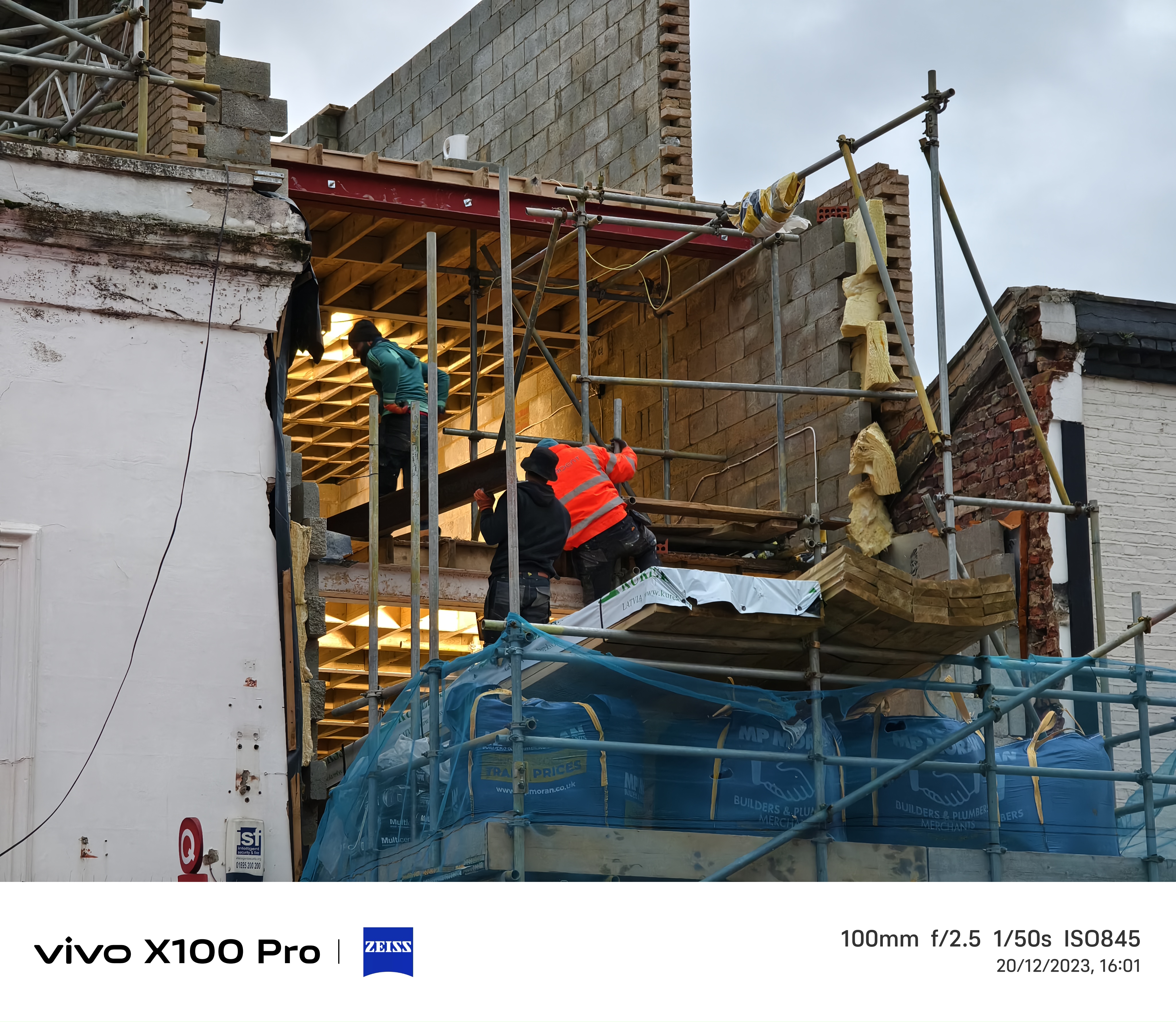


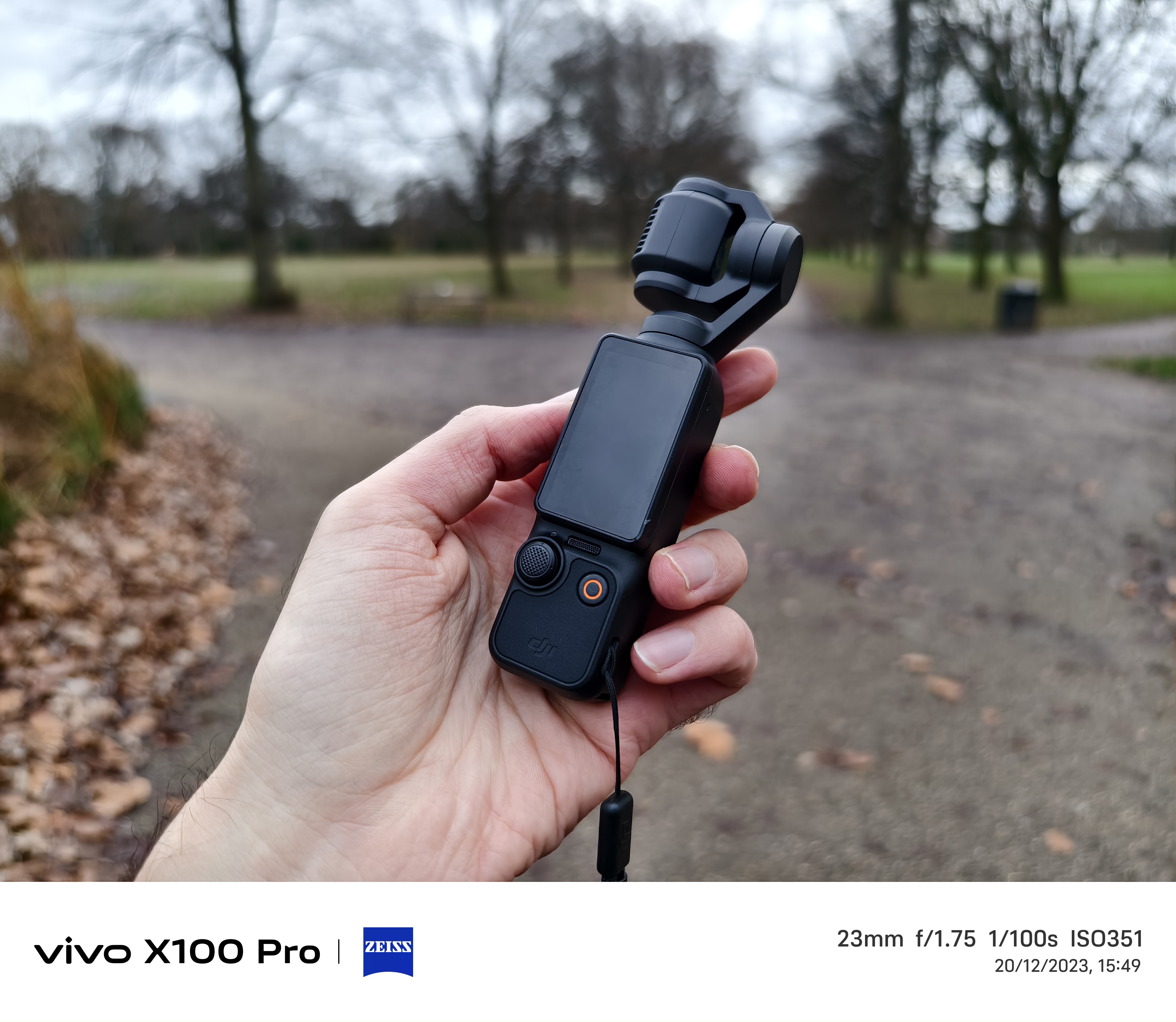
One aspect of the camera we didn't always love is the way Vivo processes human faces. Even when we turned off beautification, the phone would attempt to beautify subjects, sometimes with reckless abandon. This is especially true when zooming in beyond 150mm. While the X100 Pro uses AI to piece together a scene, helping its zoom out-perform the optically further-reaching iPhone 15 Pro Max's 5x tetraprism telephoto camera, faces pieced together by AI can start to look like oil paintings, and it's a little eerie.
That caveat aside, the Vivo X100 Pro could well be the most impressive camera phone on the market right now, delivering more nuanced photo processing than the ultimate superphone – the Samsung Galaxy S24 Ultra – and more powerful camera hardware than the excellent OnePlus 12.
The rest of the phone
More than a mighty camera, the X100 Pro is the first phone to launch with the MediaTek Dimensity 9300 chipset. A powerhouse mobile processor that also includes a 2023/24 ISP to help with the advanced computational photography Vivo employs. This chipset features a flagship 12-core GPU, and games playback on it brilliantly.
With a large 5,400mAh battery for comfortable day-long use, the Vivo crams in one of the highest-capacity batteries in a smartphone, and the X100 Pro also powers up quickly with 100W wired and 50W wireless fast charging.
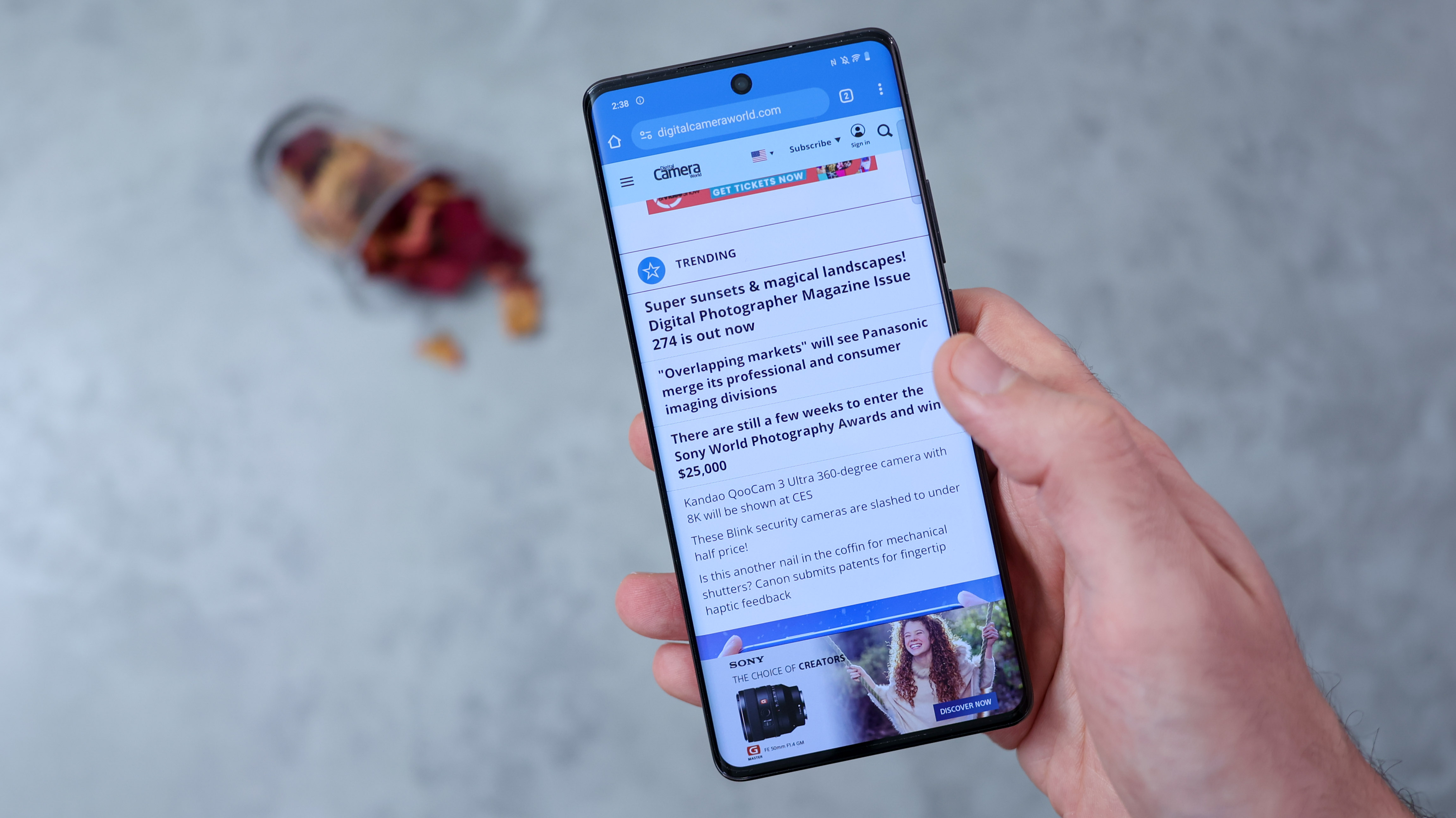
The X100 Pro's LTPO screen is a large 6.78-inch size with a high-beam 3000 nits peak brightness. Vivo also applies smart optimizations for games to help them render better on the phone. We tested Genshin Impact, and while many flagship Android phones make it look soft compared to an iPhone, the X100 Pro's in-game clarity-enhancer crisped things up nicely.
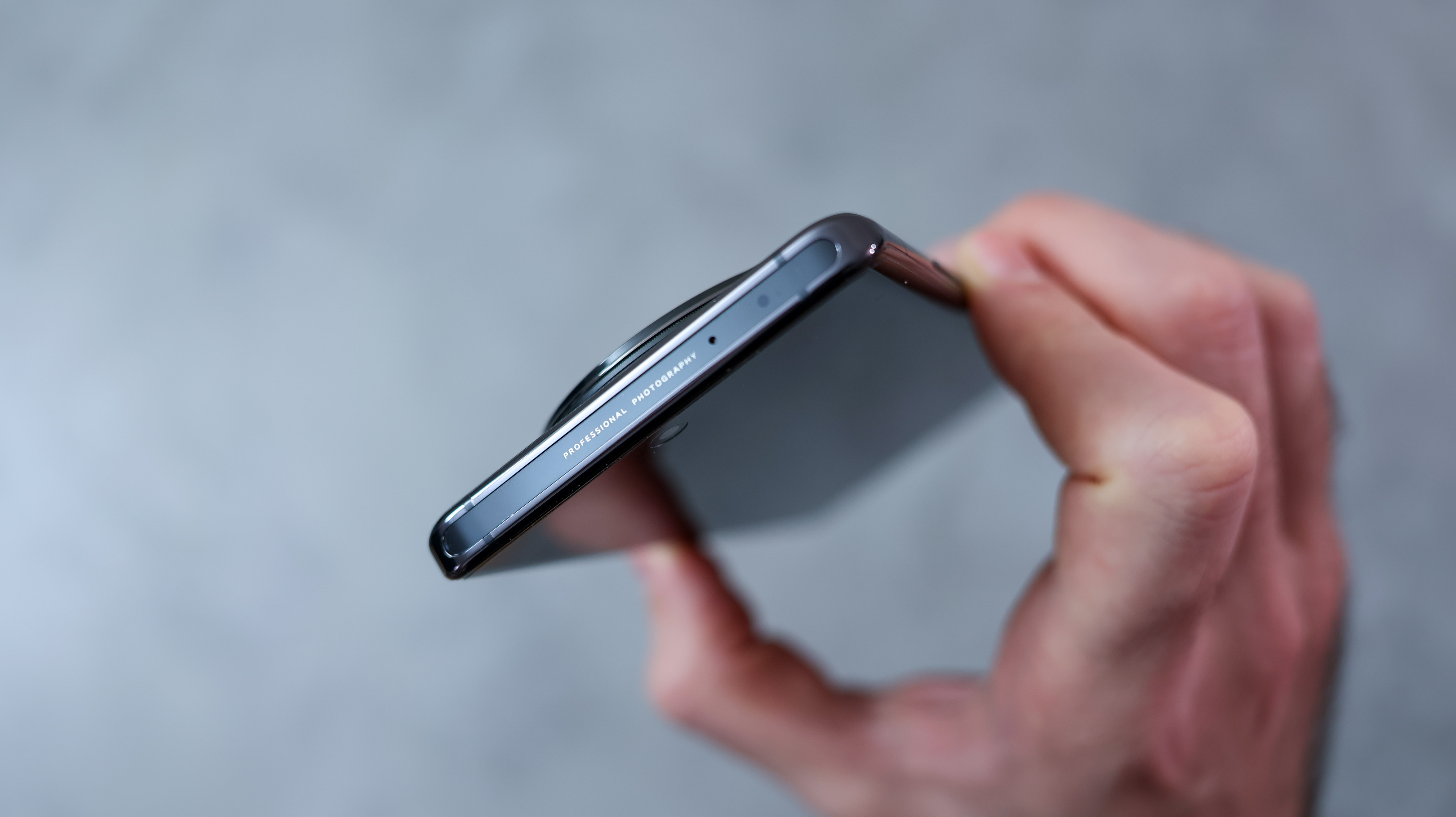
Running Android 14 with FunTouch OS 14 (Vivo's custom interface), the X100 Pro has excellent app support and was smooth and stable in our time with it. FunTouch OS isn't the cleanest Android skin around, but if you like tinkering with your tech, it gives you plenty of menus, transitions, and settings to customize.
Should you buy a Vivo X100 Pro?
If you don't like the idea of importing your phone, then the obvious answer is: no – the Vivo X100 Pro isn't for you – you would be better served with one of the best camera phones of 2024 that's available where you are right now.
For anyone who's open to the idea of going beyond Apple, Google, and Samsung, venturing into international waters, and is fascinated by what Vivo's doing with its camera, the Vivo X100 Pro is one of the most interesting camera phones we've ever tested.
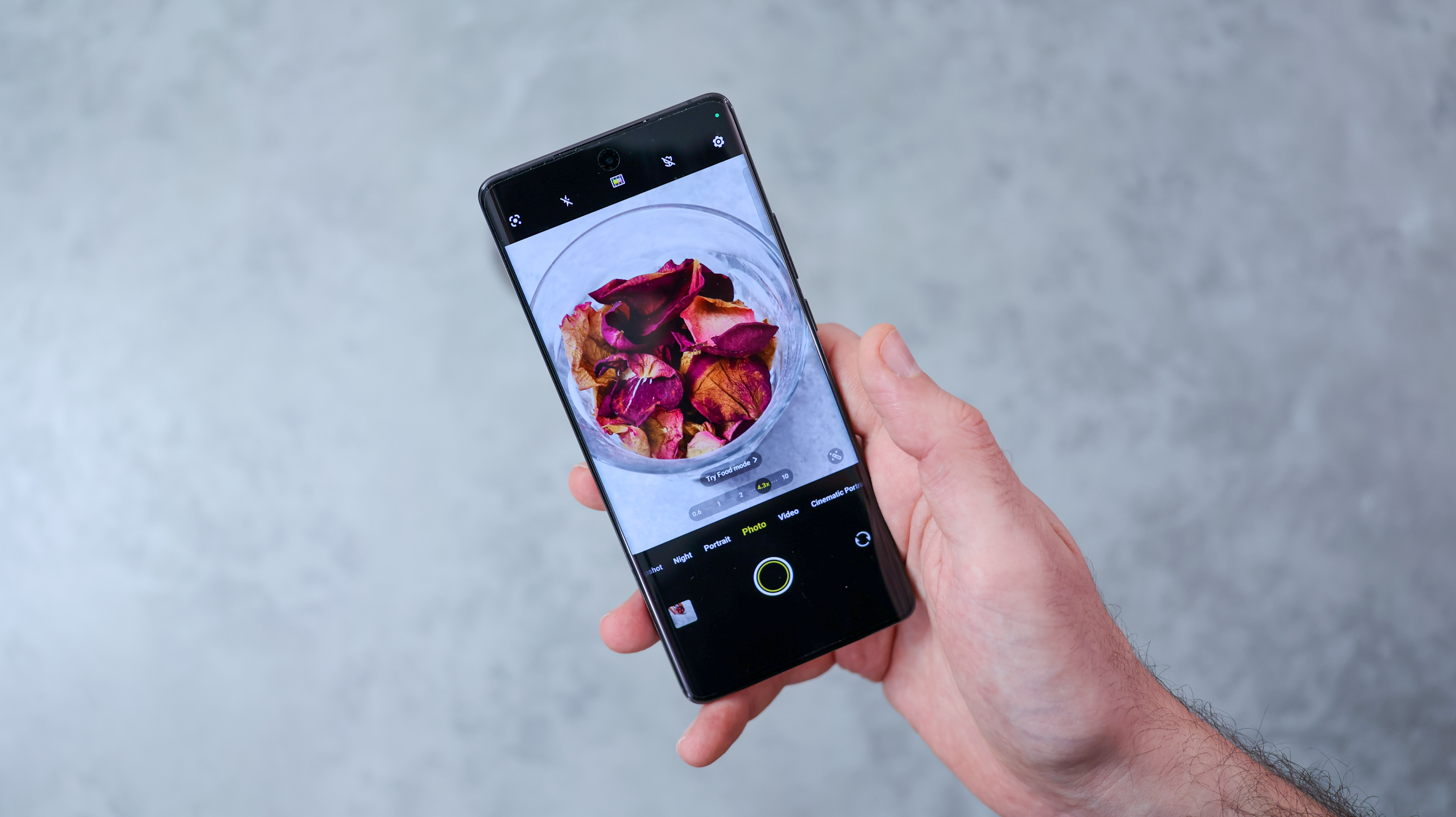
While its camera hardware, design, screen, and impressive power inside are all good, they don't seem to break photography boundaries. It's the Vivo X100 Pro's V3 imaging processor and AI processing that's really making the waves.
So if you're feeling brave and have cash to splash – the X100 Pro is pricier than the Samsung Galaxy S24 Ultra in some markets – then you might find the Vivo X100 Pro proves to be the forbidden fruit that ups your smartphone photography game like no other.







